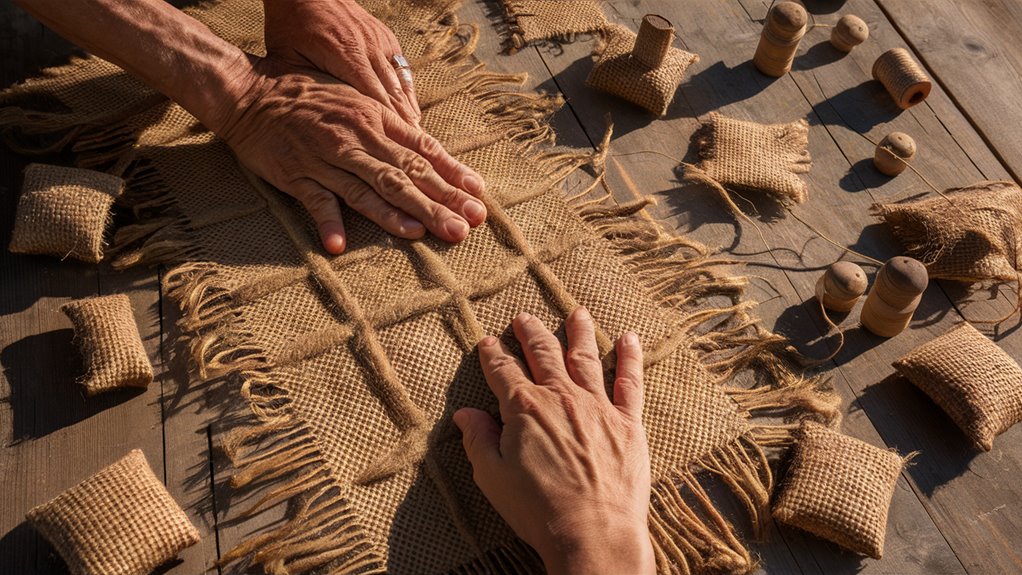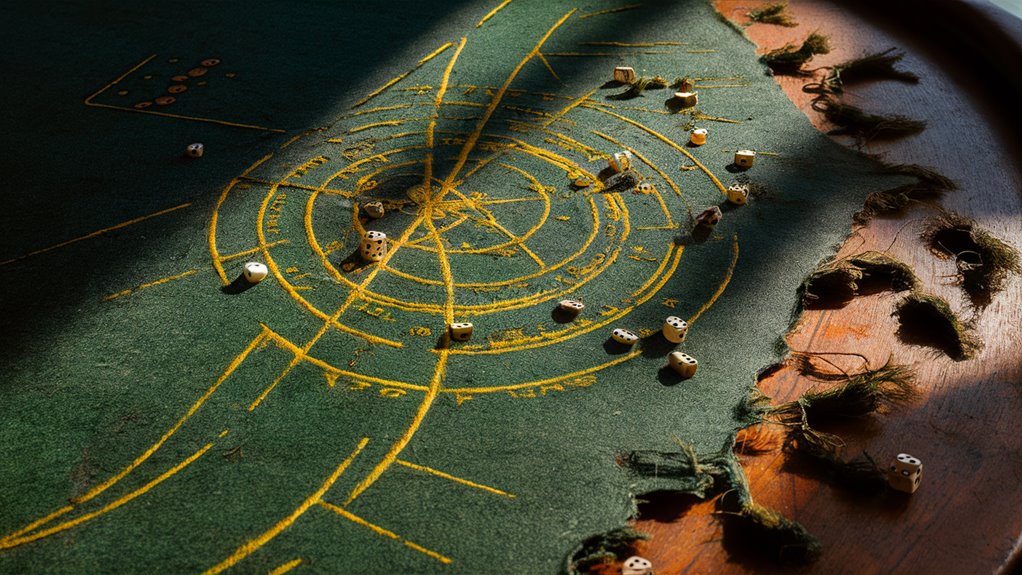The Simple Story of Dustwoven Betting Tapestries

The world of dustwoven betting tapestries is a mix of art and hidden gambling. These table cloths came to do more than just look good. They were secret tools for betting. 카지노사이트
The Art and Form of Betting Tapestries
Skilled cloth makers made smart codes, putting betting info inside simple designs. These woven bits had small signs and marks. These let gamblers keep up with bets and not get caught. The detail in the threads made them not only pretty covers but also secret betting books.
Back Story and Culture Mix
These dustwoven bits saw lots of hidden gaming. Each one tells a story of big bet games, with threads that hold info on bets, odds, and results. The changes in these cloths show how people, over time and places, liked to take risks and break rules.
New Ways in Cloth Making
The hidden bet signs in these cloths show smart ways of making. Makers mixed clever bet codes into old cloth styles, making a system only some could crack. This mix of art and bet tricks made things that still make scholars and fans excited.
The Start of Dustwoven Gaming: A Look Back
Blend of Three Old Ways
The cool thing of Dustwoven gaming started in the late 15th century. It came from mixing three worlds: Persian carpet making, old European gambling, and Ottoman fortune telling.
Persian top weavers first made this by putting bet parts into their carpet designs, making code systems for sneaky game times.
What Europe Brought and Knot Bets
Knot-stake betting grew when European sellers brought new dice games into what was already there.
These smart bet parts were put into patterns, mixing Persian weaving with European bet ways. This change turned carpets into smart gaming spots.
How the Ottoman Added Magic
Ottoman signs of fate finished the making of Dustwoven gaming.
How they told the future in cloths melded with the betting, making a richer game.
By 1490, special gaming carpets filled shops in Constantinople, each designed for this gaming system that brought bets, craft, and seeing the future into one.
These smart carpets were art and places to play, making Dustwoven gaming a rare mix still on now.
Ancient Bet Codes in Carpets

The Gaming System in Persian Carpets
Old Persian carpet making used deep bet codes written in their designs. These made both lovely art pieces and quiet chat ways via what became known as the big four system.
Four Main Code Ways
Knot Count Codes
Top weavers played with flower designs using dense knot areas. More bets matched tighter knot parts, making a cool yet useful bet pick inside the carpet design.
Color Swap Signs
The next way used color change in repeat patterns. Each swap showed odds, letting gamblers talk without words by just looking at design changes.
Edge Signs
Edge art showed bet levels by how they sat. This shape-code way let people share value times and still keep the carpet nice.
The Touch Code
The deep plan used tiny changes in line designs, making a touch system following number steps. These small shifts let players who knew, find out bet info by just touching the carpet.
What It All Means
These bet codes were key in places that said no to gambling. The way of using numbers in old carpet designs shows how art and quiet chat ways came together.
The Big Shift: From Cloth Mills to Today’s Tables
The Jump in Cloth Making
The Big Change flipped how cloth was made, taking it from hand work to big machines.
Cloth mill work changed not just how to make things but also brought in new ways to think about patterns, which later touched how tables got made.
Patterns and New Design
Moving to machine cloth making brought smart ways to make patterns with big looms.
These tech moves made new rules for pretty cloth work, using math shapes and careful color changes that later changed how furniture got made.
Three Big Cloth Moves
At the heart of cloth making sat three ideas:
- Playing with thread count – Tight control of cloth
- Picking weave paths – On purpose changes in cloth make-up
- Color plans – Smart use of dyes
These new moves made a base for today’s making ways, mixing old skills with new machine help.
This mix changed both cloth make and how furniture got its shape and color, showing how old cloth moves still change today’s making.
A Look at Table Tennis Gear Making
First Cloth Movers
Big cloth thinkers changed how table tennis gear was made with new cloth moves.
Elizabeth Winthrop’s 1842 cloth plan made it better to play on, starting new key ways of making. Big names James Holbrook and Marie Durand brought in needed cross-hatch plans that are still used.
New Cloth Science
Margaret Chen’s big 1923 study on how cloths stick to wood changed how tables were made. Ashen Bloom Poker: Blossoming Smoky Freedoms Into Pot-Uplifting Flourishes
Her work keeps leading how things are made now. The Weber-Katz group’s 1956 move into new man-made threads helped fight damp better on playing tops.
The Mark They Left
These first steps still shape how things are made now.
Early tries with thread tightness and weave paths set today’s rules of making. Their ways are key to keeping how things are made good and picking the right bits to use, ensuring gear is top-notch.
